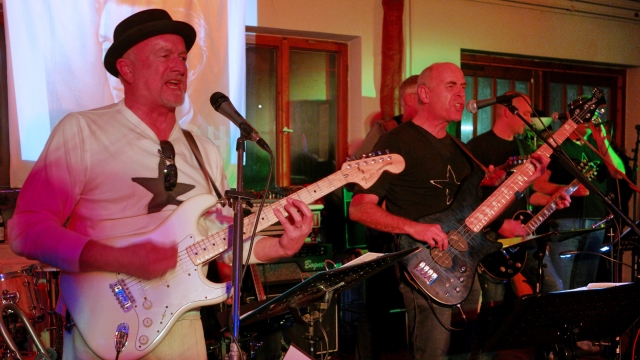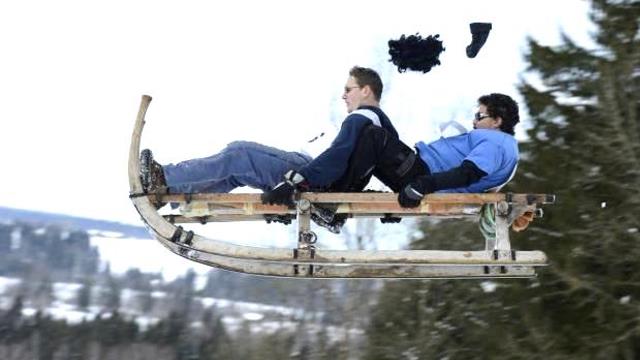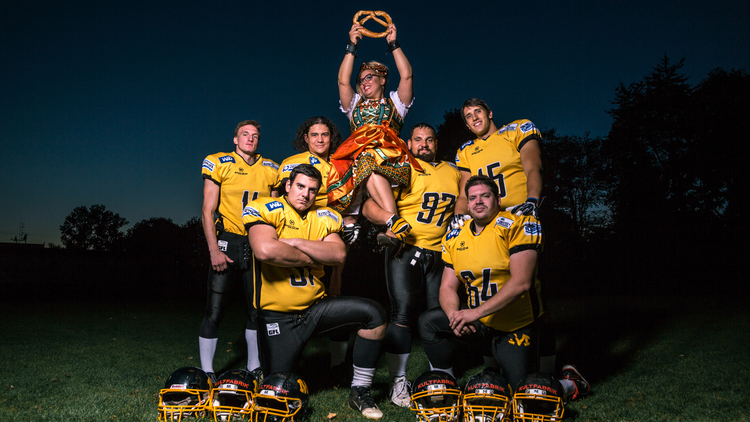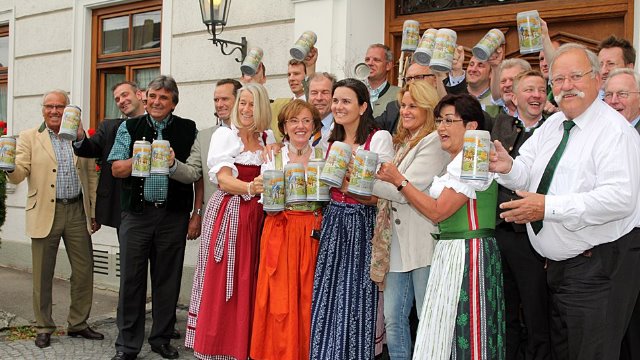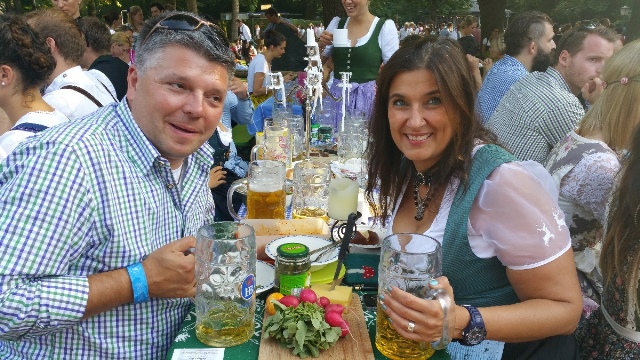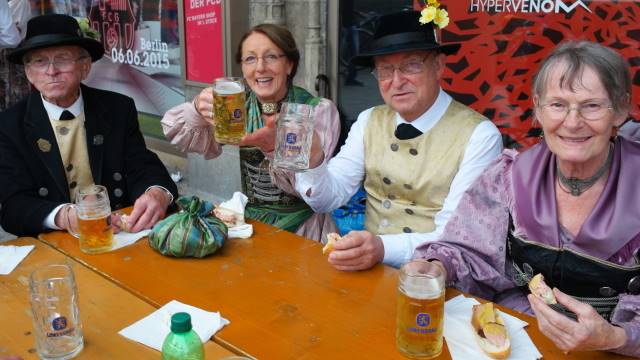MUNICH (MunichNOW Life) -- There are few places in the world where a fully-grown man could confidently dress in high-waisted, leather shorts but for the people of Bavaria and Austria, it spells tradition.
The wearing of trachten, that is, lederhosen for men and the dirndl for women, is a common sight at weddings, church gatherings and cultural festivals in the area, none more well-known than the two week long hops haven referred to as Oktoberfest.
The dirndl is worn as a combination of a white blouse under a bodice with a full skirt and an apron tied on top. For men, lederhosen, complete with suspenders are paired with a long-sleeved shirt and knee-high, woolen socks. However, there are always variations to these standards.
The dirndl was originally a linen dress worn by lower class maids in the 18th Century. Women of the time would alternate their dirndl depending on the season. Winter dirndls were long-sleeved and typically made from linen or wool. Summer dirndls were their short-sleeved equivalent and made from cotton.Phillip Lahm and his wife in traditional Bavarian clothing -- dpa
It was believed to be during the 19th Century in a time known as the Heimatkunst Movement that the higher class adopted the dirndl. This movement is characterised by the embrace of a life connected to nature and the desire to preserve tradition. The dirndl underwent some expected changes by the aristocracy, who preferred to fashion the dress from lavish silks and adorn them with unique finishings as markers of their higher status.
The lederhosen were intentionally created as robust work wear for the land. They were made from the durable leather of the cow and chamois as well as linen and wool. In the case of more expensive and higher quality lederhosen, the skin of the deer was used. This was the case for the lederhosen worn by the nobility after the fashion trend spread to the upper-class in the 19th Century. Trachten carries with it a general set of guidelines of how it is to be properly worn. An often debated rule is the significance of the location in which women tie their apron. It is generally accepted that a knot tied on the left side means a woman is single, a knot on the right side means she is married or in a relationship and a knot tied at the back is for widowed women.
Events such as Oktoberfest are advertised all over the world and it can be therefore expected that fashion trends are as diverse as the people who wear them. Today, it is common practice for women to wear slightly varied versions of the lederhosen. It can be predicted that as diverse as trachten are today, the dirndl and lederhosen will remain as culturally iconic and internationally recognised symbols of the area. The importance of tradition, preserving regional dress and recognising the differences in apron knot locations will remain fundamental knowledge in the minds of all inhabitants of the area.
Reference List:
- BAVARIAN SPECIALTIES. n.d. History or Lederhosen and Dirndl [Online]. Bavarian Specialties. Available: http://www.bavarianspecialty.com/pages/History.html.
- DIRNDL-DRESS.COM. n.d. Austrian and German Native Trachten Clothing History [Online]. Dirndl-Dress.com. Available: http://www.dirndl-dress.com/trachtenhistory.php 2014.
- SCUDDER, R. 2012. Items of Traditional German Clothing (Tracht), Their Names and History. Available: http://www.brighthubeducation.com/social-studies-help/15915-traditional-german-clothing-vocabulary-and-history/.


